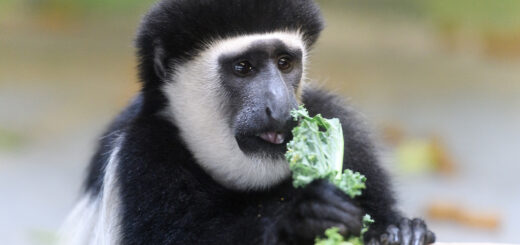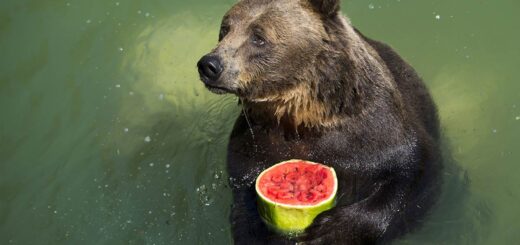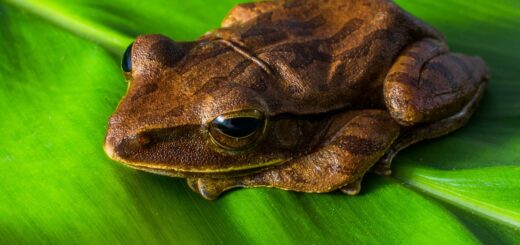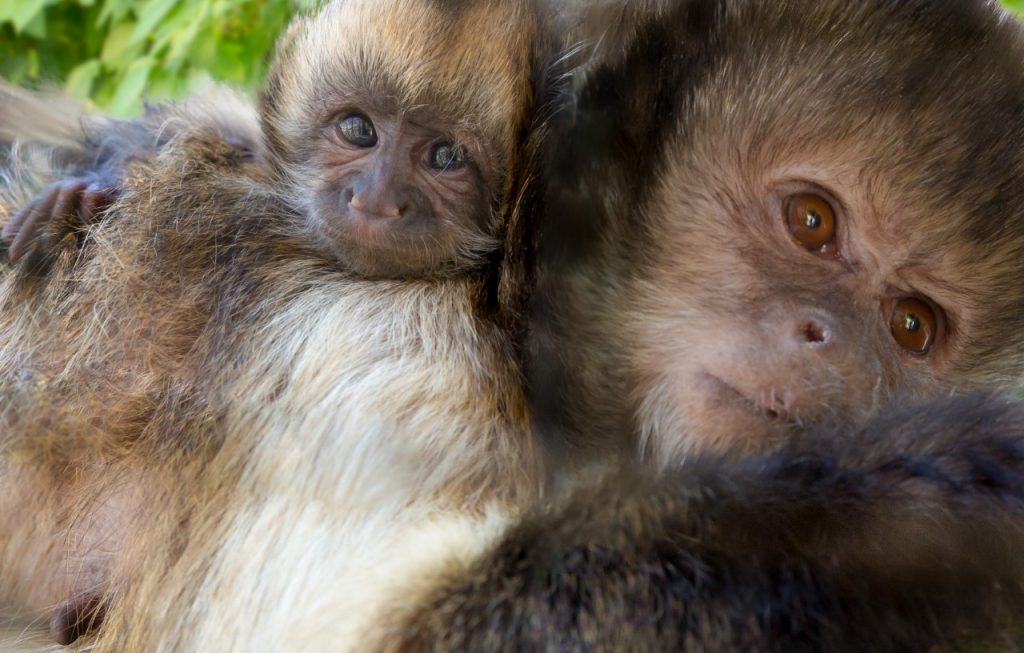Nutritional evaluation of a hand-rearing protocol for the San Clemente Island Loggerhead Shrike (Lanius ludovicianus mearnsi)
Citation
Lisi KJ, Edwards MS, Bray RE. 1999. Nutritional evaluation of a hand-rearing protocol for the San Clemente Island Loggerhead Shrike (Lanius ludovicianus mearnsi). In Proceedings of the Third Conference on Zoo and Wildlife Nutrition, AZA Nutrition Advisory Group, Columbus, OH.
Abstract
The San Clemente Island (SCI) Loggerhead Shrike, a subspecies found only on SCI, 80 km off the coast of San Diego, was federally listed as endangered in 1977. The wild population has numbered 12-18 birds for the last 10 years making this one of the most endangered birds in North America. As part of an ongoing, federally funded captive recovery program, 17 chicks (7 males, 10 females) were hand-reared in 1998. Modifications were made to the previous hand-rearing protocol based, in part, on food preferences of adults and projected nutritional needs of growing chicks. Hand-rearing records made available by the Avian Propagation Center of the Zoological Society of San Diego were surveyed to obtain food intake and growth data. Nontraditional food items, including abdomens and guts of adult crickets (Gryllus spp.) and whole honeybee larvae (Apis mellifera) were sampled and submitted for nutrient analysis. Nutrient content of all other food items was obtained from an existing database. Growth rate data were described by a sigmoid curve. Mean growth rates for days 0-4, 4-16, and 16-29 were 0.60 g/d, 3.29 g/d, and 0.31 g/d, respectively. There was no significant difference in body weight between gender (P>0.05). Daily intake of various nutrients, including moisture, crude protein, crude fat, calcium and phosphorus and gross energy were quantified. Mean daily food intake (days 1-9), as a percent of body weight, was 41.42 ± 7.3 % (as-fed basis). Survivability to fledging (day 20) was 100%.
 22_LISI.pdf 150 KB
22_LISI.pdf 150 KB








